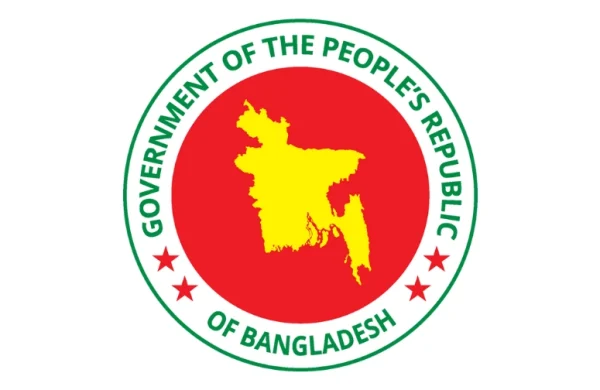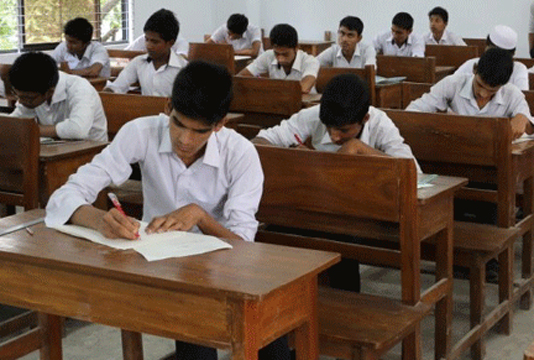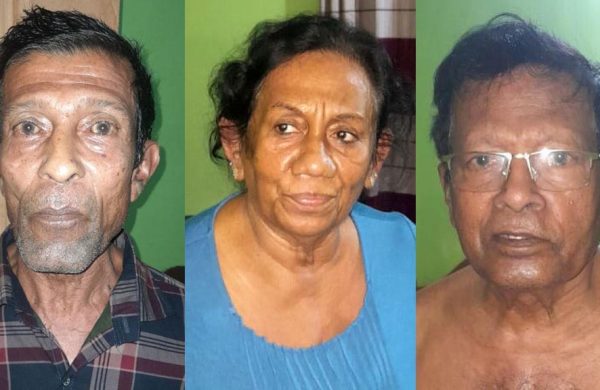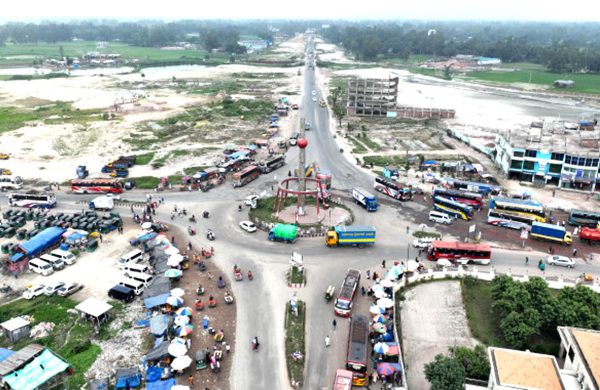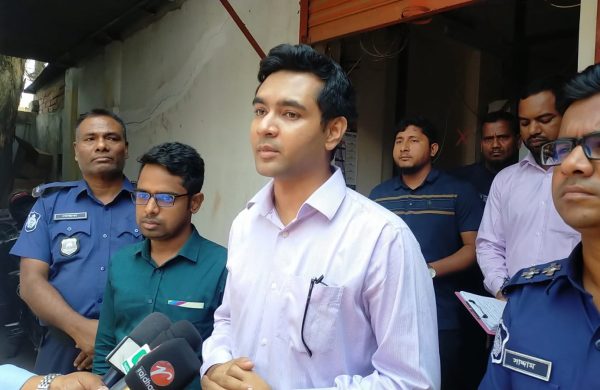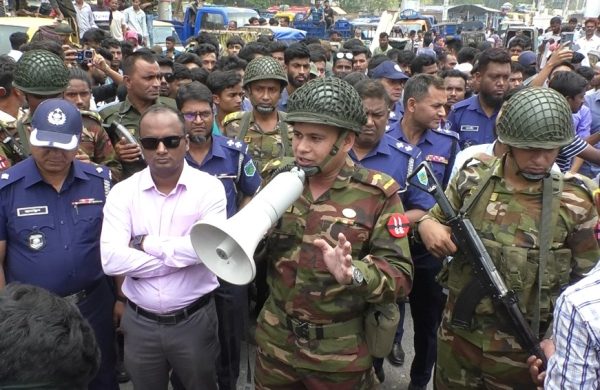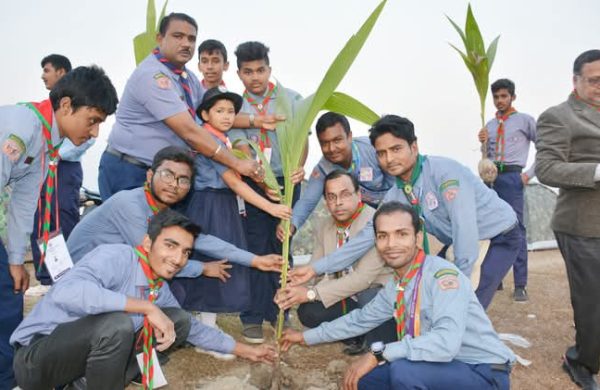Floodwaters down, food and clean water crises grip people
- Update Time : Monday, June 24, 2024
- 83 Time View

Sylhet Correspondent:
The floodwaters receded significantly in the Northeastern region of the country over the past few days as the water levels of major rivers in Sylhet have begun to fall, but the food and drinking water crisis is far from over.
Despite district administration claims of adequate food supplies, many residents are raising alarms over insufficient aid. Compounding their struggles, submerged tubewells have led to a dire shortage of clean water, intensifying the hardships faced by those displaced by the floods.
“The major rivers in the Northeastern region, except the Kushiyara, are on a falling trend which may continue for the next 24 hours. Overall improvement of the flood situation in various low-lying areas may continue for the next 72 hours,” said SarderUdoyRaihan, executive engineer of the Flood Forecasting and Warning Centre (FFWC) of the Bangladesh Water Development Board.
While the water levels of the Jamuna River are currently on a falling trend, those of the Padma River are rising.
According to meteorological organisations, medium to heavy rainfall is expected in the Northern and adjoining upstream parts of the country in the next 24 to 48 hours.
This could cause the Teesta River to rise at certain times over the next 48 hours.
Data from the FFWC shows that water levels at 55 river stations monitored by the FFWC marked a rise, while 54 stations recorded a fall on the day.
Among the 110 monitored river stations, water levels at six stations are flowing above the danger level in four districts in Sylhet.
The Surma River was recorded at 23 cm above the danger level at Kanaighat station, the Kushiyara at 39 cm above at Amalsad, 7 cm above at Sherpur-Sylhet,
and 33 cm above at Markuli, the Old Surma 15 cm above at Derai, and the Someshwari 29 cm above at Kalmakanda station on Sunday.
As flood conditions have been improving gradually, displaced people have begun returning home, but only to find their dwellings washed away or submerged.
Many are forced to live under the open sky, while others remain marooned, suffering from acute food shortages and clean drinking water.
The flood victims, desperately seeking relief, rush towards any boats or vehicles they see in hopes of receiving aid.
Our correspondent in Sylhet reported that although the water level in rivers is decreasing, there remains a shortage of adequate relief supplies in the flood-affected areas.
The crisis of pure drinking water is causing severe distress among the people staying in shelters across Sylhet, Sunamganj, and Moulvibazar.
Despite some areas in Sylhet city seeing a reduction in floodwater, many low-lying areas remain submerged.
District administration reports indicate that so far, 22,623 marooned people from 13 wards and 13 upazilas are still in shelter houses.
A total of 978,000 people have been affected by the flood in Sylhet.
Upon visiting the flood-affected areas, our correspondent found many houses still underwater.
While water has receded from main streets, lanes, and by-lanes remain flooded.
Streets such as Sheikh Ghat of Kalapara are still under floodwater, and shelters remain crowded with displaced individuals.
The shelters are still crowded with flood-affected people.
Flood victim Fatema Begum at Ghopal Government Primary School Centre in Kandigaon union of Sadarupazila said, “Ghopal is a village bordering the Surma River. When the river water rises, it enters their house. This time we faced more damage. Flood water has receded from our house but it is not liveable. So, we are still in the shelter house.”
Houses were in knee-deep water in ShahjalalUpashahar, Ghasitula, Machimpur, Rhamarpar, Taltala, Kuarpar, Mendibagh, Kamalgarh, Chalibandar, Jatarpur, Sobhanighat, Kalighat, Sheikhghat, Taltala and Jamtala in Sylhet city.
Residents of these areas have also complained of a shortage of clean drinking water, as sewage has contaminated their water reserves. As the water recedes, the suffering of the residents is increasing due to a lack of fresh water, which is also causing difficulties in cooking.
AnowaraBegam, a flood victim who stayed at a shelter house at Companiganjupazila in Sylhet said, “We got Khichuri provided by the government only on Friday.”
Sylhet Deputy Commissioner Sheikh RusselHasan told the Daily Sun that sufficient government allocations have been made and that dry and cooked food is being distributed. Relief efforts are being facilitated through public representatives at the rural level.
Besides, medical teams are also operating in flood-affected areas to ensure post-flood treatment. Additionally, water purification plants with a production capacity of 600 litres per hour have been established in Companiganj and Jaintapurupazilas on Friday to address the clean water shortage.



